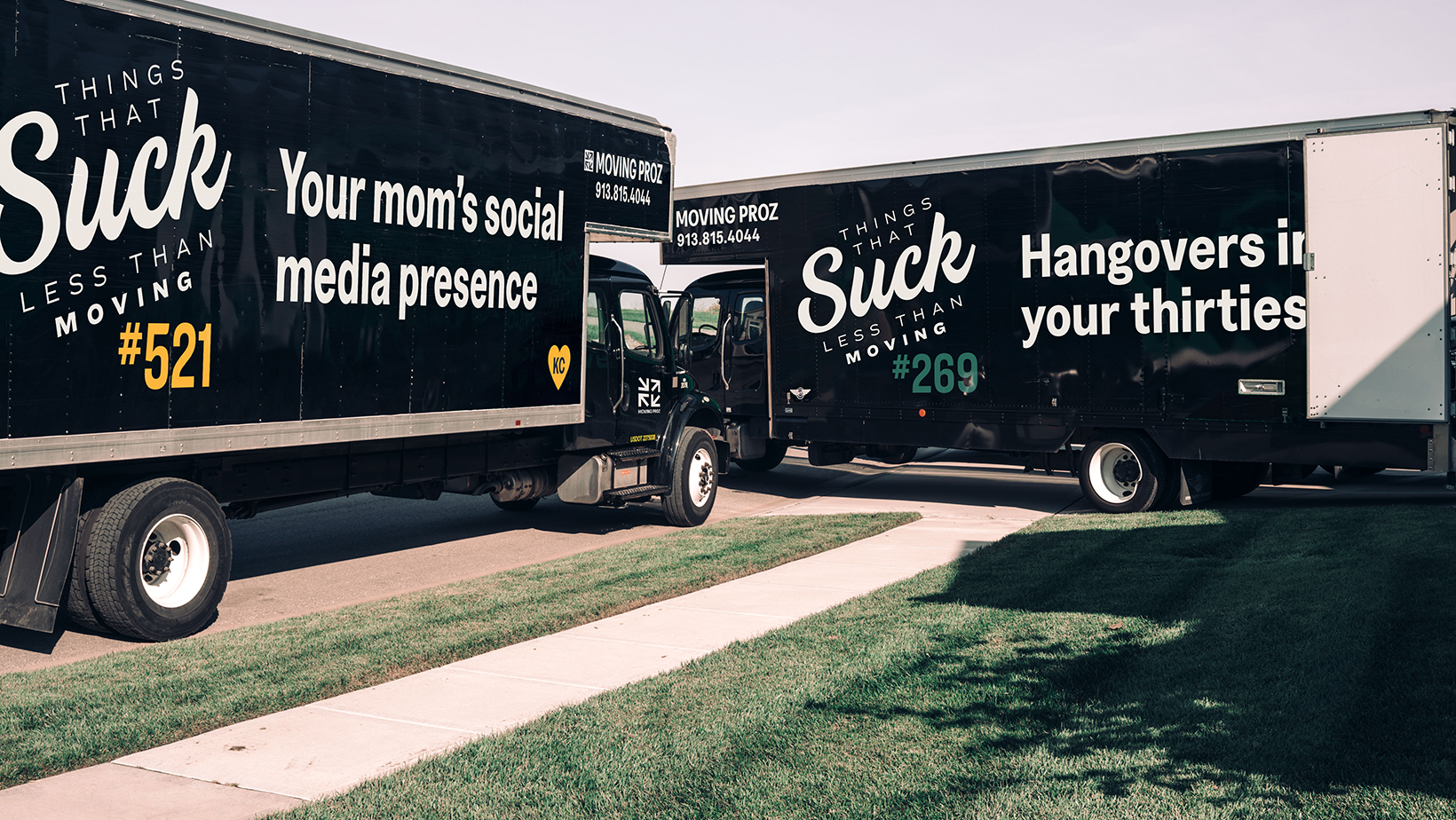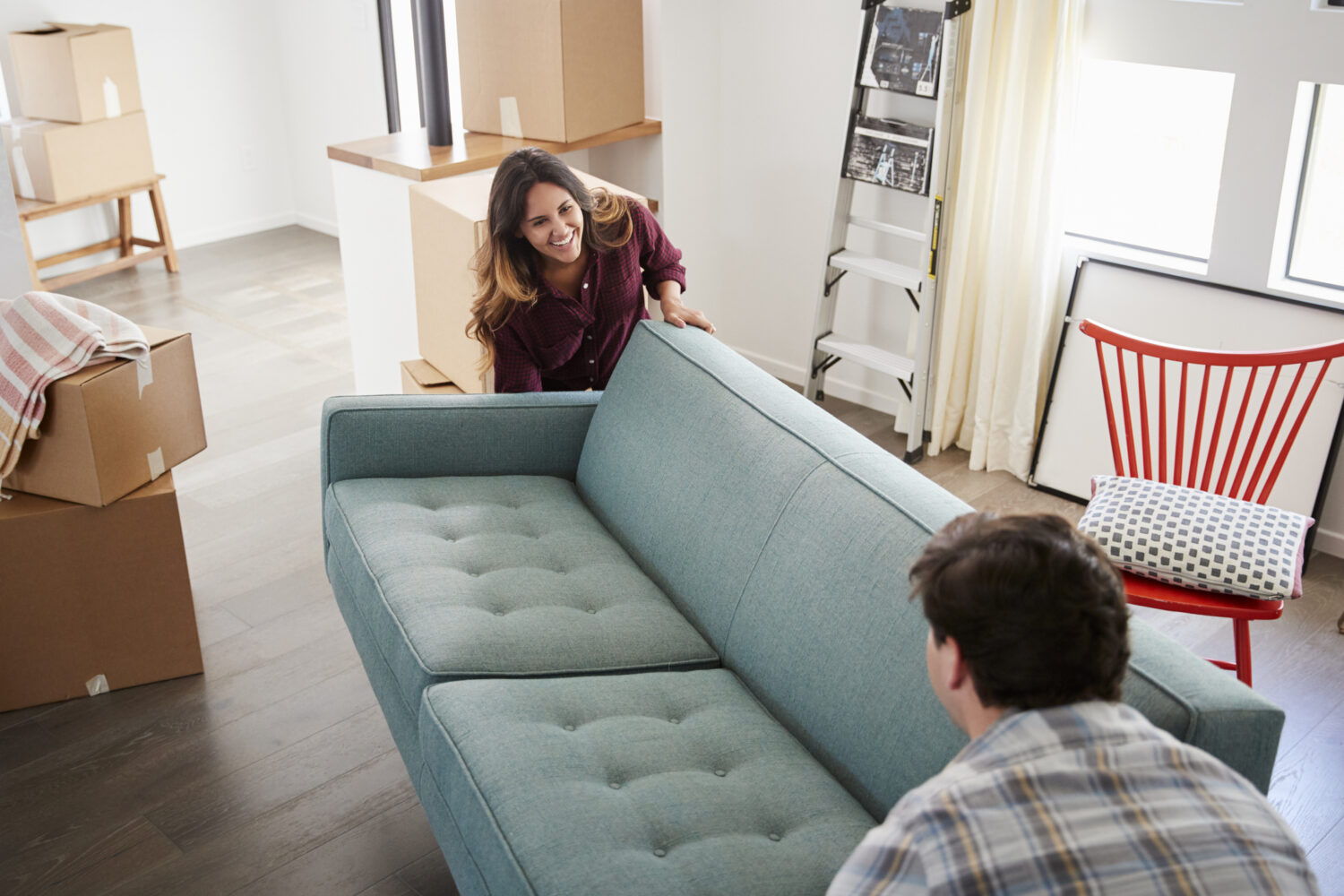Moving small items like boxes and clothing is easy compared with the arduous task of moving fragile furniture and pianos. If you don’t protect these items properly, they can be damaged, not to mention, your walls and floors can suffer scratches and dents. In these cases, you’re best off hiring professional movers who have a lot of experience with these types of items. They know how to disassemble, pack and wrap furniture and large instruments so they survive a move of any size or distance.
What Exactly is Fragile Furniture?
Fragile furniture is defined by many things, most notably the material it is made of. Tables, bed frames and bookshelves are typically constructed with laminated particleboard that resembles real wood without the high cost or heavy weight. If you have cheaply made furniture, you may consider leaving it behind or selling it rather than bothering to take it with you. Concentrate on the heavy, authentic pieces.
Fragility can also be defined by age. This category includes antiques, glass inserts, mirrors, and other decorative elements.
Another aspect that defines fragility is the special care that comes with the item, such as pianos or china cabinets. And lastly, if something holds high sentimental value to you, it’s considered fragile as well.
How to Pack Fragile Furniture
Your beloved furniture will have to go through a lot with this move. It has to be disassembled, packed up, transported through precarious hallways and around corners, loaded into the truck, withstand all the vibrations while driving, then finally get unloaded, unpacked and assembled again.
In order to prevent breaks, scratches, and dents, you need to take great care in prepping your fragile pieces. You’ll need the proper supplies first. Here are some tips.
- Use bubble wrap, packing paper or padding to encase edges and corners, then wrap the whole piece with moving blankets.
- Take out all contents, remove drawers and then number those drawers so you know exactly which position they were in.
- Take off all knobs, feet, hardware and ornamentation. Take photos so you know where they go when re-assembling.
- Place all small detached elements in a bag, then tape that bag to the furniture in question.
- Wrap any elements that protrude with extra padding, then wrap in a moving blanket.
- Place stretch wrap around furniture with delicate handles or doors.
- Make sure masking tape is not applied directly to the furniture surface, as this could lead to damage to the finish.
Glass
- Take off all glass or mirrors from tables and vanities.
- Tape an X across the glass or mirror, then wrap in packing paper followed by bubble wrap. Then put the items in a heavy-duty cardboard box, such as those designed for flat screen TVs.
- Place screws in a labeled baggie.
- Label all wrapped glass with a FRAGILE sign or sticker.
Supplies
You will need to make sure you have the following supplies on hand before moving your furniture:
- Bubble wrap
- Corrugated cardboard sheets
- Sofa covers
- Mattress covers
- Plastic stretch wrap
- Sealable plastic bags
Clean and Dismantle Furniture
Before you pack a single item, clean your furniture. You don’t want to trap dust and debris between the furniture and the wrap or blankets, as they can scratch the delicate finish. Plus, if you clean it now, you won’t have to clean it when you move into the new place.
Dismantle any furniture you can. If the legs are removable from couches or tables, do so. Take bed frames apart, take off cushions, and remove accent pieces that could scratch a wall.
Wrap Furniture
Protect wood pieces with bubble wrap and use plastic sofa covers on all upholstered items. If you don’t have these supplies, you can just use old blankets. If stacking small pieces of furniture, place corrugated cardboard sheets in between to keep gouges at bay.
Come Up With a Plan
Even if you have hired professional movers, you should still prepare for moving day. This includes properly labeling all appropriate furniture as fragile and clearly marking each piece with the destination room. Make a clear path from the furniture to the door so the movers won’t be hampered by obstacles. Lay down mats, especially if it’s rainy on the day of your move.
Give your movers clear instructions on what they need to handle with care, and where it will be going. Be ready for when they show up. Make sure all furniture and accompanying pieces are packed and ready to be moved. If you can, move all furniture to the center of the room so the movers can easily grab and go.
Prepping a Piano
First, gather all the appropriate supplies and materials to safely and securely move the instrument. Whether you have an upright piano or a grand piano, you will need lots of moving blankets for protection, advises Moving.com. You will also need many rolls of heavy duty packing tape to make sure the blankets stay on the piano.
If you have an upright piano, have a dolly handy or make sure your movers have one that can handle the piano’s weight. Grand pianos will almost certainly need the assistance of professionals and the right equipment, such as skid boards, to move properly.
Moving with a lot of delicate furniture or instruments doesn’t have to be stressful. You can reduce the hassle by packing and securing your furniture beforehand. If you don’t have the time, patience or supplies to do this, enlist the help of your movers to do this. Most companies are glad to offer this extra packing service to their customers. We offer it here at Moving Proz.
Contact Moving Proz
There is no need to hassle with packing and wrapping all your furniture. Hire us to disassemble and prep your delicate or cumbersome furniture for the move. For a free quote, contact us today and we will help you get started on planning your move.

